×
Menu
The lions are undoubtedly the most significant attraction for wildlife tourism in Masai Mara National Reserve. Lion spotting is much easier in Masai Mara due to the extensive ecosystem and plentiful food with the wildebeest & zebras trekking through the plains. The males usually sleep up to 20 hours a day and, generally, lionesses are the pride hunters and bring food.
The big cats are the most sociable big cats, living in pride of 15 to 20 members or more. Pride is an elementary example of a matriarchal society. Young males leave their mothers when they reach adulthood, but females and young lions remain in the natal pride after joining it as cubs, with older members taking on leadership roles among them at first-hand maternal experience.

Notch, the black-maned lion, was an easy one to spot in the savannah vast. He, along with another male partner, reigned Marsh pride in 2004. In 2005, the pride had a new addition of cubs, three females & five males. Around mid-2005, Notch was left alone as his partner got killed in a brawl with three nomadic lions from paradise plains that tried to interfere in the territory.
Being a single male lion in the pride, the Notch kept his territory safe from other adult male lions to take over by low roars as it is a way for other lions to get an idea about the proximity & social setting of a pride. Notch was not alone in it, but he had some very strong & supportive lionesses by his side to keep the territory intact- White Eye, Mama Lugga, Bibi- known to be a superb warrior & Lisby.
Around 2007, Notch got chased off from the pride by Romeo & Clawed. It’s difficult for a lone male lion to survive in the treacherous savannah plains, so he took his five sub-adult cubs, roughly two & a half years old, to form a coalition. Notch Coalition was one of the unusual formations of a lion pride as generally it is created by similarly aged adult male lions, and the father-son duo is not part of the same coalition, but the Notch coalition was something out of the ordinary for the researchers.
The five young adults: Notch II, Mighty Long, Ron, Caesar, and Grimace, under the experienced guidance of Notch, formed a formidable force and became the undisputed kings. They took back the Marsh Pride a year later and seven more pride in the adjacent area to reign over the most extensive territory spanning over 1000 sq. kms. It was one of the most successful coalitions, with countless cubs continuing the bloodline in Mara & beyond.
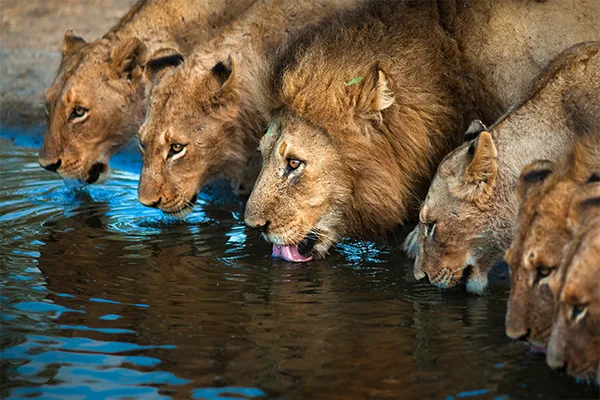

The Marsh Pride has been studied & filmed for decades resulting in the longest feature in the BBC’s docuseries “The Big Cat Diary”.Their territory stretches in the Musiara Marsh, located at the northern end of the Masai Mara national reserve. From the inception of research in 1996 to 1997, various pride kings & even lionesses have made their mark in multiple articles, documentaries, and research documents.
Blondie was one of the original male residents of the marsh pride, and Scar, one of the most talked-about, followed by Simba, Notch, Romeo, Clawed, “The Musketeers” (Scar’s Coalition). Even the few bravest lionesses belonged to the marsh pride & supported their partners to maintain the legacy of the pride. Few to name are White Eye- blind in one eye, Lispy, Mama Lugga, Bibi- main female protagonist & longest resident in the pride, “3 graces” -namely, Charm, Siena, Joy.
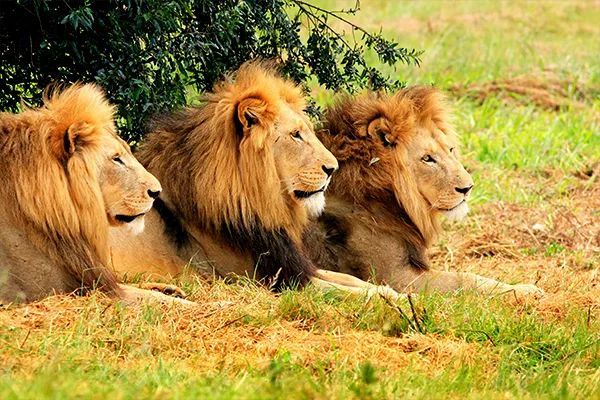
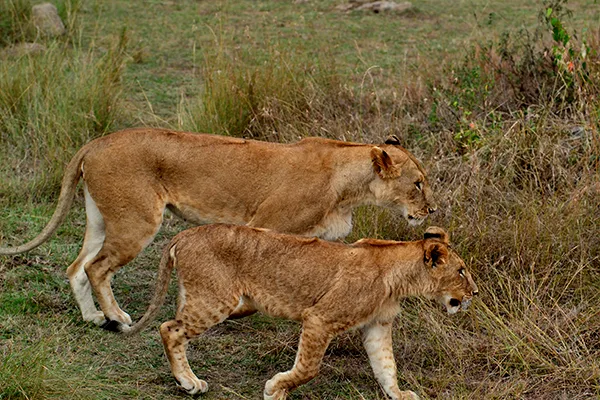
Pastoralists encroaching the conservancy boundaries & intervention in the ecosystem led to the major incident of poisoning of the Marsh Pride in 2015. Thousands of cattle enter the reserve every night once the tourists are out of sight, but it is the best time for the predators to hunt. On the night of 5th Dec’15, the lions killed cattle, and in turn, the pastoralist it belonged to sprinkled the carcass with pesticide knowing that the lions would come to feast on it. This act led to the poisoning of the Marsh pride with the demise of three members, including Bibi & putting four others at risk but recovered with the timely intervention of vets.
With the reserve authorities turning a blind eye to such encroachments & putting the wildlife at risk, the number of young adult nomadic lions vying for the Marsh Pride territory has been on a decline. Also, this incident of 2015 created a stir amongst the wildlife conservationists to pass a motion against the suspects for crime against endangered wildlife species. However, both parties, the wildlife & human, should be backed up fairly for the better future of Masai Mara.
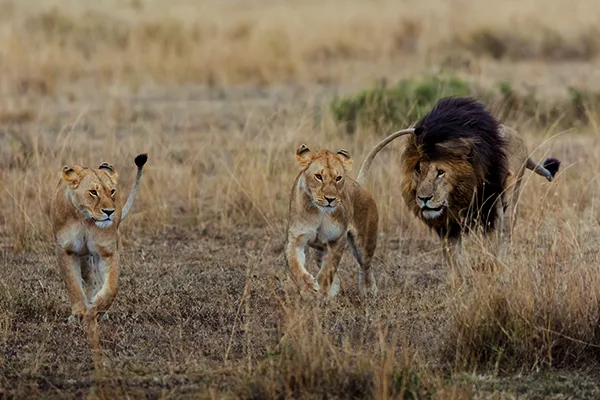
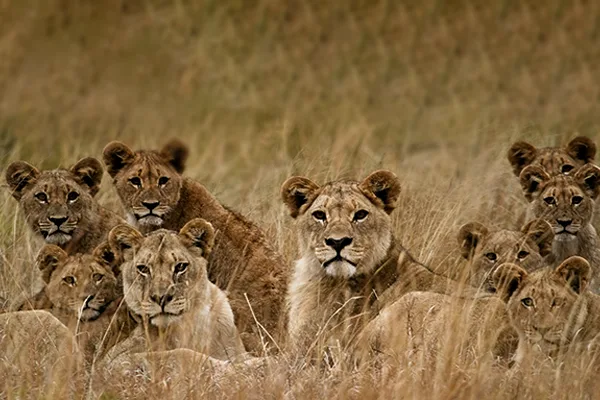
Enesikira Pride is a well-known pride in Mara Naibosho Conservancy. They are also known as “KGS Pride,” named after Koiyaki Guiding School as it lies in their core range and is often spotted around. Ilkisiusiu Pride is one of the largest in reserve. In 2020, Isina, the lioness of Enesikira pride was killed by members of neighbouring Ilkisuisui Pride. Other prides that have made their mark in reserve are Black Rock, Rokero, Lookout, Enkuyanai, and Sand River.
The dwindling number of wild lions is raising the alarm among researchers. With over 2000 lions alone in Mara in the early 2000s, currently, the number is as low as 850-900. In the last two decades, the lion population has reduced to half, and if we continue at the same pace, two decades down, there will be no lions left in the wild. The IUCN Red List includes lions as vulnerable.
Other than the predators in the wild, the lion population takes a significant hit due to habitat shrinking. Since the 1990s, the savannah grasslands have shrunk by 75 per cent, as per NWEF. It has accounted for an exponential increase in the human population. The indirect impact is the “human-lion conflict”. The national park is partially fenced & leads to encroachment on either side, leading to lion killing in turn to cattle hunting. The authorities & local communities are together working towards it to keep up with the rule of the jungle and keep up with the nature’s harmony.
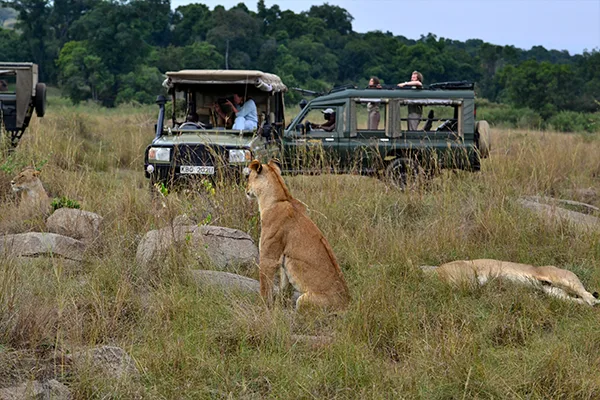
We offer the best offers with specially curated tours. Come and experience the wild and the beauty of Africa.
Book Now